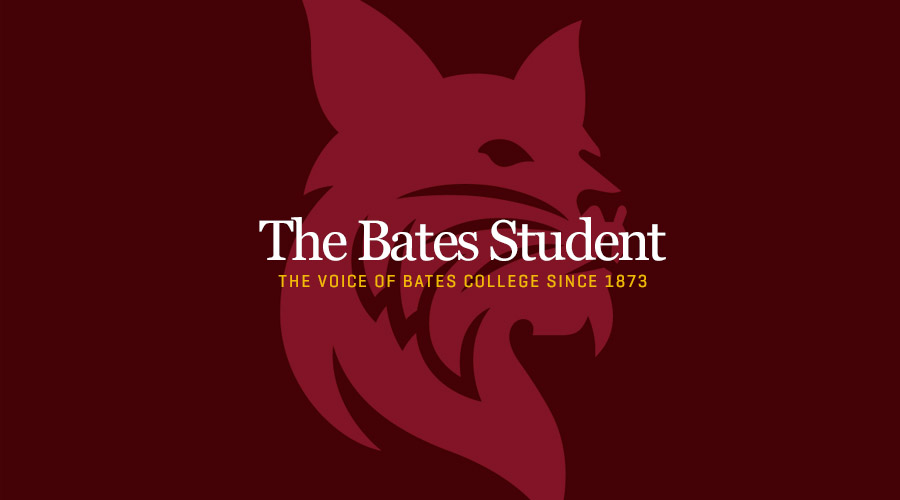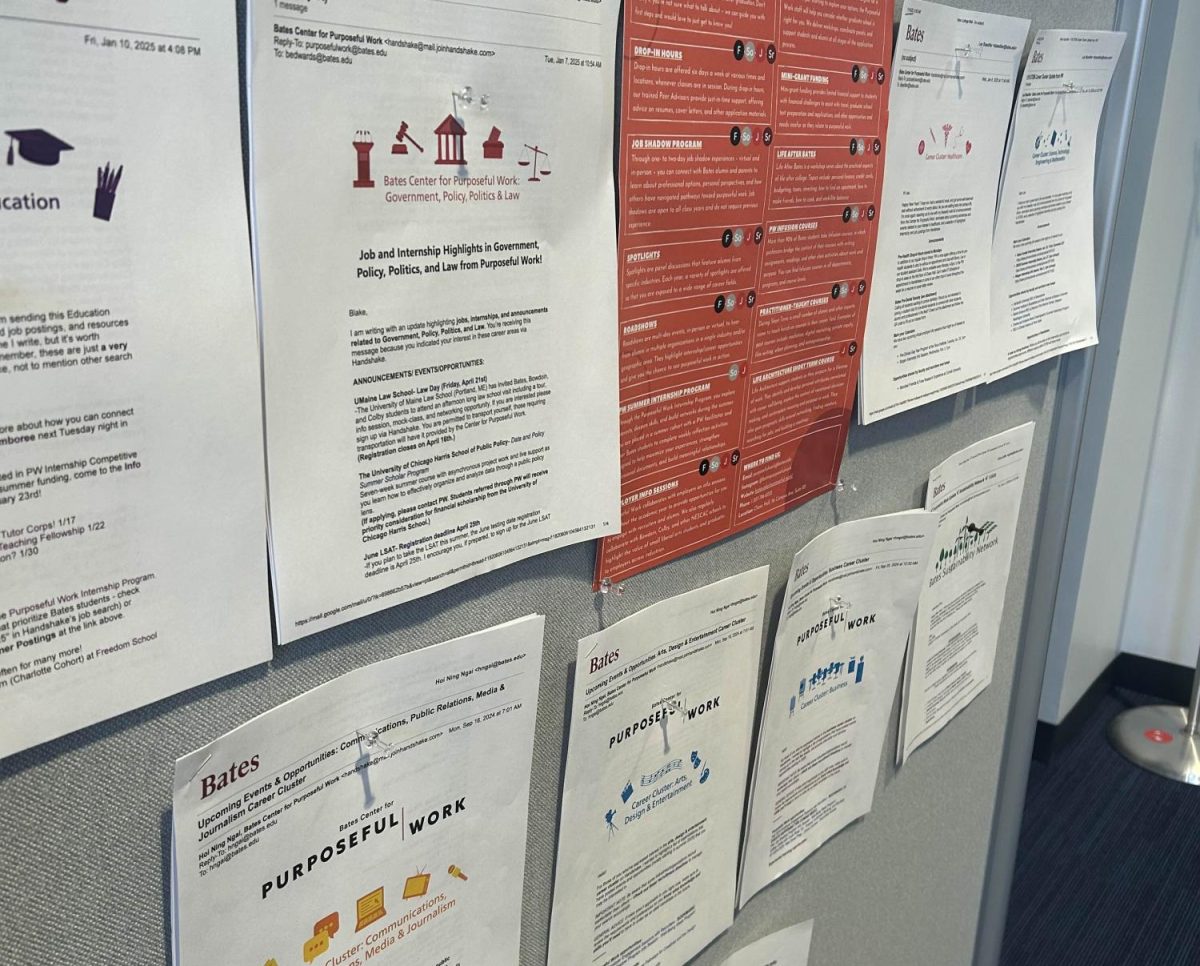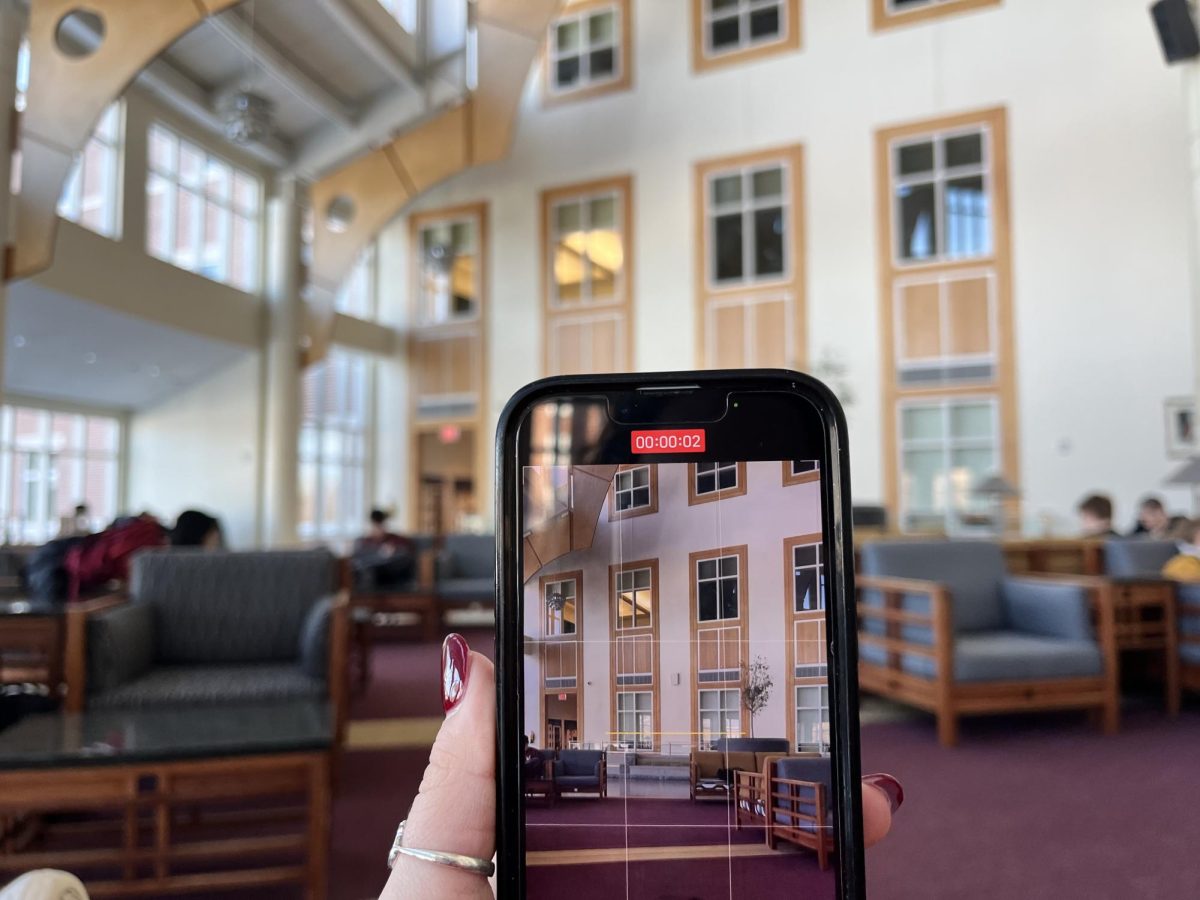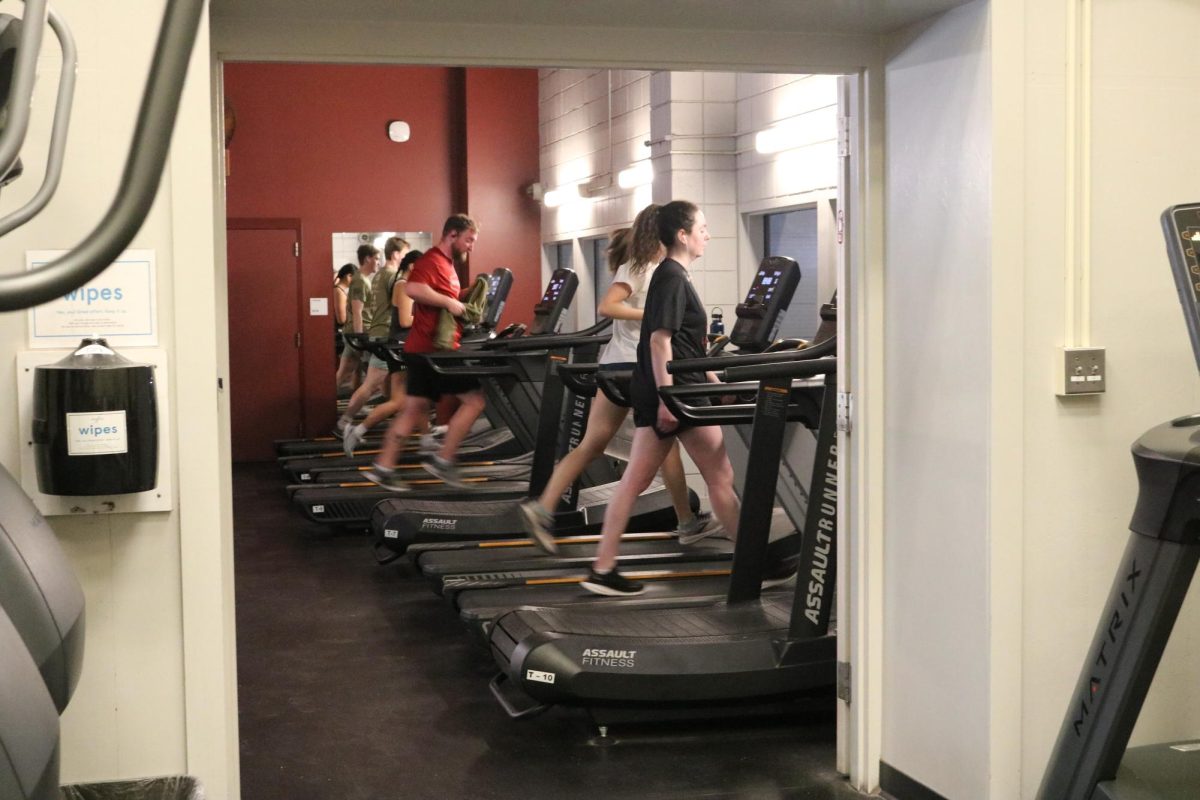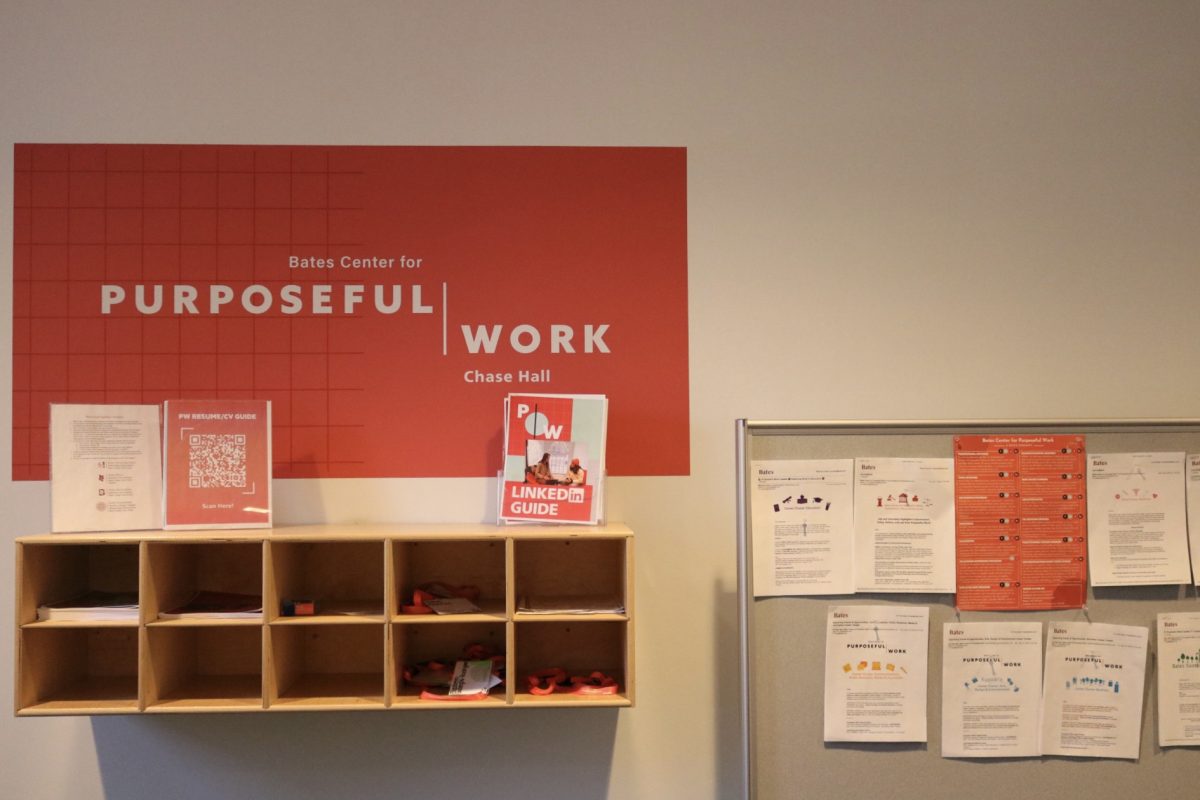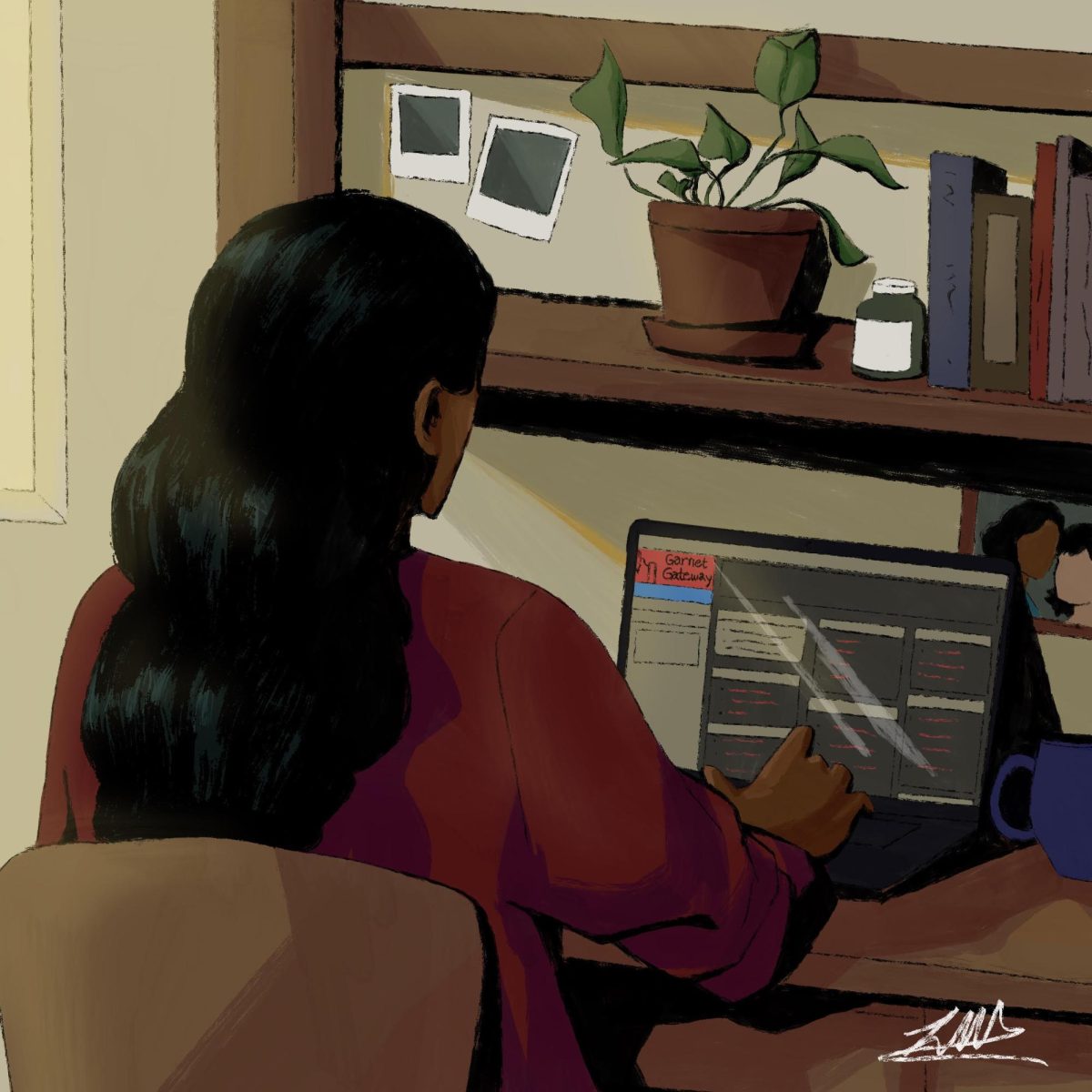 One only needs to recall how the phrases “middle class” and “forty-seven percent” were bandied about by the presidential candidates in the recent elections to realize how prevalent the issue of social class is on the national stage. But to what extent does social class play a role in the local sphere? As part of a project for our sociology class at Bates College, myself and five other students investigated perceptions of class in both the Bates and Lewiston/Auburn communities. We focused on understanding how these perceptions influenced the reality of this complicated social issue both inside and outside our institution. To this end, we distributed an anonymous twelve-question survey to 95 Bates students and 106 Lewiston/Auburn residents to see if we could detect any themes surrounding class attitudes.
One only needs to recall how the phrases “middle class” and “forty-seven percent” were bandied about by the presidential candidates in the recent elections to realize how prevalent the issue of social class is on the national stage. But to what extent does social class play a role in the local sphere? As part of a project for our sociology class at Bates College, myself and five other students investigated perceptions of class in both the Bates and Lewiston/Auburn communities. We focused on understanding how these perceptions influenced the reality of this complicated social issue both inside and outside our institution. To this end, we distributed an anonymous twelve-question survey to 95 Bates students and 106 Lewiston/Auburn residents to see if we could detect any themes surrounding class attitudes.
Even from our small sample size, we discovered patterns in the perceptions of social class surrounding both communities. While Lewiston/Auburn residents tended to be perceived as falling somewhere between low and middle class, many viewed Bates students as privileged and wealthy. And certainly such perceptions are not entirely unfounded in fact. At Bates the median household income is $86,932, while the U.S. Census Bureau lists the median Lewiston and Auburn household incomes between 2006 and 2010 at at $36,743 and $41,649 respectively. Looking at these figures it is hard to deny that general class differences exist between Bates students and L/A residents, at least in terms of income. However, such statistics express only a limited view of how social class may affect the Bates-L/A relationship and do not account for the wide variation in class backgrounds among both communities.
Holly Lasagna, the Associate Director of the Harward Center at Bates, is especially concerned about narrow assessments of class being used to define and view the large Lewiston/Auburn communities in their entirety and vice versa. Two-thirds of Bates students work in the Lewiston/Auburn area annually through the Harward Center, but Lasagna wants to emphasize the reciprocal nature of the relationships between Bates students and the community in her work. Brenna Callahan, a Bates sophomore involved in community engagement, similarly speaks strongly against any perception of a one-sided relationship in which Lewiston/Auburn residents are only the beneficiaries of “service” provided by Bates students:
“What frustrates me most about community engaged learning is that…I think some students see it as community service where we as privileged Bates students are going into an impoverished community to help them. It needs to be a reciprocal relationship. And it’s often perceived as we’re helping them, but it’s a partnership. I learn so much from the students I work with.”
Callahan’s feelings are echoed from members among the community. Julia Sleeper, director of the Lewiston non-profit Tree Street Youth, says the relationship between Bates and the greater community has progressed over the years largely due to the increased importance Bates has given to community-engaged learning. Two hundred and fifty Bates students have volunteered at Tree Street over the last two years, and as a Bates graduate, Sleeper believes that hands-on work with L/A youth in the community is one of the best ways for students to eliminate any negative preconceived notions they may have about L/A.
“At Tree Street both Bates students and youth learn a great deal from one another. Though at first both groups may be guilty of stereotyping or misjudging one another they very quickly realize how unique and special each individual is and grow and learn together,” she says.
Sleeper’s words of learning are important to keep in mind as Bates and L/A move forward because the reality is that social class is a messy, divisive subject. Relations will never be perfect between Bates and Lewiston/Auburn, and even within L/A itself class is a controversial topic. The purpose of this article is not to suggest that the data we have collected on class perceptions is conclusive or even representative of the diverse array of views in Bates and Lewiston/Auburn. The purpose of this article is to start a community-wide conversation on social class.
As Bates students, it is important to us to foster a healthy, fruitful relationship between Bates and L/A and to ensure that the interactions we share are mutually positive and beneficial in character. The foundations for such a relationship have already been laid both by Bates students and community members. Jonathan LaBonte, Mayor of Auburn, in particular is interested in the potential sharing of resources between Bates and L/A, citing an example of community investment into Bates’ Garcelon Field in return for use of the facilities as a way the two communities’ connection can be strengthened. Though aware that Bates and L/A have had their differences in the past, LaBonte is optimistic about their potential, stating “Bates and Lewiston-Auburn will grow together.”
We couldn’t agree more with this sentiment. We are all a community. In the end, rather than letting our differences divide us, we should unite around our common status because, regardless of social class, we all have a stake in the well-being of its future.
Dylan Lopez, Charlotte Porter, Kelsey Freedman, Robin Jones, and Hillary Throckmorton all contributed reporting.


